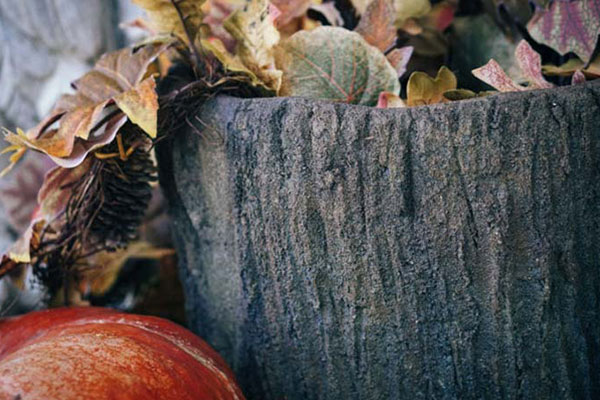History
Faux Bois
noun – French /foʊ bwɑ/
False wood. The art of faux bois began in the 19th century in France, when craftsmen learned the art of sculpting cement to look like bark and wood.
Faux bois items that are generations old are cherished by collectors. Antique and contemporary pieces are often featured as an interior or exterior décor or furnishing option.
The art of faux bois is centuries old, and famous works in public places date back to the 1800s. If you go to Paris, you can find it in Parc des Buttes Chaumont, a public park established in 1867 with faux bois rain shelters and handrails along bridges created by city of Paris architect, Gabriel Davioud. The bridge at Chazelet, an 1875 pedestrian bridge in France, is made by Joseph Monier, who is credited with creating reinforced concrete.
In the United States, you can find Victorian-era faux bois in the Fern Dell section of Los Angeles’ Griffith Park and the Huntington Library Botanical Garden wisteria trellis. The famous Watts Towers, also in Los Angeles, are 100 feet tall and took more than 30 years to build. In San Antonio, older and new faux bois can be found along the river walk, and even as bus shelters. Antique faux bois installations are also in parks and other public spaces in Argentina, Turkey and Japan.
Faux bois was popular in the United States from the mid to late 1800s until World War II, when the world became distracted by the events of the era. Manufacturing had a new purpose, and the art was left behind. Once the war was over, streamlined, mass-scale furniture production was the new focus.
Antique faux bois pieces are treasured by collectors – one famously featured collection belongs to Martha Stewart – and faux bois is once again a design of choice for indoor or outdoor furnishings and architectural elements.
Faux bois is made with a frame of wire mesh or rebar, making it very strong and sturdy, before cement is layered on the frame, shaped and eventually carved into earthy, rustic creations. It is heavy, and can withstand the elements. Often, weather only makes faux bois look more realistic and brings out its character.





